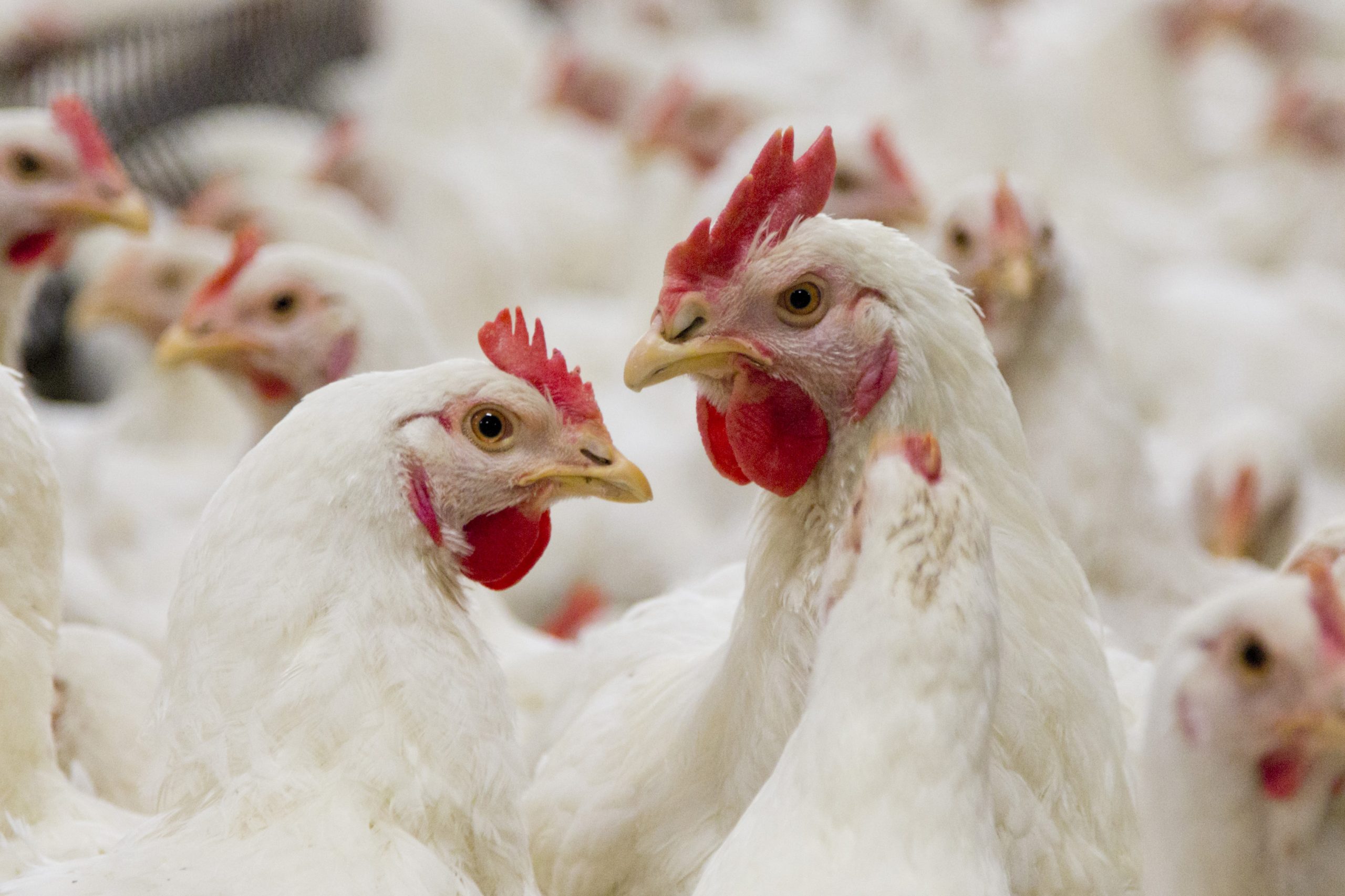Evaluating broiler diets with lower digestible protein

The search for alternative protein sources in feedstuffs, is a field of research that is gaining considerable attention. For example, soybean meal (SBM) and fish meal are easily digestible and have traditionally been the main sources of proteins in poultry diets. However, this is probably going to change in the future.
The world population is growing and the demand for animal products is increasing, but at the same time, prices for these protein meals are volatile. Moreover, their accessibility is expected to decline with an increasing demand for more highly digestible diet ingredients to be used for human consumption rather than for inclusion in animal diets.
More economical protein sources
The drive to continuously improve poultry production in a way that is both profitable and sustainable, will therefore fuel the evaluation of other protein sources that are more economical. However, these alternatives are likely to be less digestible, which will have a negative impact on animal performance. Not only will their lower digestibility result in reduced ileal uptake of amino acids, but also in more proteins reaching the hindgut. There, they will be used as a substrate for proteolytic fermentation, which can result in the production of harmful compounds that will compromise intestinal integrity and function.
To explore the effects of less digestible protein sources on broiler production and to evaluate the potential of different feeding strategies to mitigate their negative impact on performance, several studies were set up at Wageningen University. In one particular study (Qaisrani et al., 2015) an experiment was set up in which birds were fed a poorly digestible diet based on rapeseed meal (RSM). The impact of the following interventions was then evaluated: diet structure (coarse or fine), fermentable energy level (high or low) and supplementation of a coated butyrate product (2 kg/T Adimix Precision, Nutriad).
Supplementation with butyrate
The choice for the latter treatment had to do with the fact that butyrate is described to have multifarious benefits associated with improved intestinal health and function, which are dependent on the specific location of butyrate release in the digestive tract of the animal (Moquet et al., 2016). The butyrate product used in this study is characterised by a precision delivery functionality, meaning that butyrate will be delivered throughout the entire gastro-intestinal tract.
The study showed that feeding birds a diet that was based on RSM instead of SBM resulted in poorer performance and reduced intestinal health. However, when the RSM diet was supplemented with the product*, body weight gain and FCR improved significantly already after 14 days (Figure 1). Remarkably, these differences could already be observed at the end of the starter phase.
Figure 1 – Zootechnical performance of challenged birds after 14 and 34 days.

Improved intestinal health and function
Additional analyses provided insights on the underlying mechanisms along the entire gastro-intestinal tract possibly underlying these results. Greater duodenal villus height over crypt depth ratio as observed in birds from the group supplemented with the product, are in agreement with an improved intestinal health and function (Figure 2).
Figure 2 – Histomorphological measurements of duodenum.

A trend for higher apparent ileal protein digestibility and gastric protease activity in the butyrate product-supplemented birds suggest an increased digestive capacity (Figure 3).
Figure 3 – Digestive measurements.

Moreover, shifts in microbial composition might be indicative for a healthier microbial ecology (Figure 4): the butyrate product was associated with higher levels of Clostridium lactifermentans and Ruminococcus bromii, which are beneficial commensals involved in the metabolism of a wide range of organic molecules such as carbohydrates, amino acids, amines and organic acids. At the same time, the levels of potentially pathogenic Clostridium perfringens was reduced.
Figure 4 – Caecal microbial analysis

Coarser poultry diet
A positive outcome was also observed when the diet was coarser, such as an increased gizzard size and function, which is associated with a decrease in pH, a longer feed retention time in the foregut and an enhanced ileal protein digestibility; some of these effects were further enhanced when this strategy was combined with butyrate supplementation (Qaisrani et al., 2015).
In conclusion, the negative effects of a strong feed challenge could be partly counter-balanced already in the young animal by the supplementation of the butyrate product. The precision delivery butyrate release of this product is reflected by the gut health improving effects along the entire gastro-intestinal tract (Figure 5). This resulted in improved performance of broilers throughout their life.
Figure 5 – Overview of some potential mechanisms underlying effect of Adimix®Precision along the GIT

*The product used throughout the study is Adimix Precision
Authors: Tim Goossens & Daniel F. Ramírez, Business Development Managers “Digestive Performance”, Nutriad, Belgium






